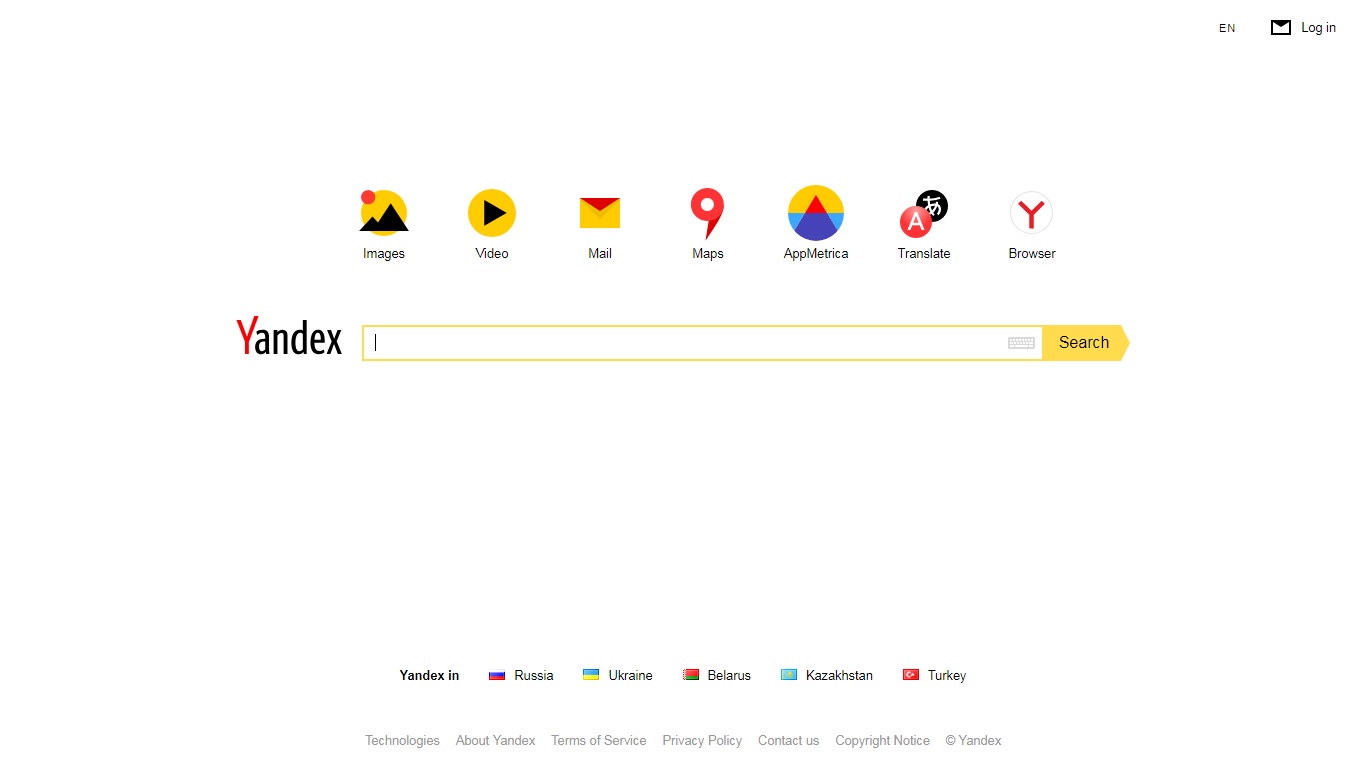If you’re getting more international bookings, it is time to take your hotel website global to markets that are getting business. Let’s see how to do this, and how it differs from local SEO.
What is International SEO?
International SEO is the process of organising and optimising your webpages to allow search engines to identify the countries you are targeting, the specific content and language for each user in a given location.
It is quite technical, so if you’ve not warming up to the idea of SEO, hire an expert.
How are International and Local SEO Different?
Local SEO is a more ‘here and now’ approach – optimising your website for a local audience. You’re aiming to appear in search results like the local carousel, local knowledge panel, local packed results, local near results and local map pins.
While the SEO process for both is quite similar, the audience varies and accordingly your content will too.
Study Your Markets and The Potential Before Entering Them
Before you embark on the journey, check your website analytics for the countries where your international visitors are coming from, traffic volume, click through rate and conversion rate. Next, look at the potential from these markets. Keyword research will give you an idea of audience size, current rankings and keyword difficulty.
Once you have assessed the potential, you’re ready to target these countries with your tailored website.
![]()
Before You Hit the Go Button, You Should Know…
International SEO is an additional investment. Make sure you ready for it with below:
- Technical resources for web development and updates
- Content resources to localise your website’s content, including translations
- Website analytics to monitor performance in each market
How Do You Go About It?
You can target your newly identified market with two key elements, preferably leveraging both.
- Country targeting to build an international URL for your website. Three commonly used ways are:
-
-
- ccTLD (eg. hotel.com.nz). This is an ideal structure but requires more effort in terms of SEO as you’re essentially building a ‘new website’ in a new territory from scratch. TripAdvisor is an example of a company using this option.
- Subdirectories (eg. hotel.com/uk). If you want to avoid a complex web structure and want to benefit from the domain authority of the original website, this is a good option. It’s definitely more popular with smaller operators looking to scale up quickly without added complexities of completely different domains. This can be detrimental if your international user prefers a local site.
- Subdomains (eh. nz.hotel.com).
-
- Language targeting via use of special tags (Hreflang tag for Google and language meta tag for Bing).
Think Beyond Google…
Depending on the country you’re targeting, you may need to extend your scope and resulting optimisation best practice beyond Google. For instance if you want to target China – one of the fastest growing nation of travellers – you need to optimise for Baidu search engine. China also has strict web controls and have preferences to domain structure and hosting options.
Similarly Japan is Yahoo territory while Russia relies on Yandex.

This is a quick guide. But, as you may have gathered, International SEO requires a more concerted effort than just targeting another country with just one website. Got a question? Email us at marketing@staah.com.
